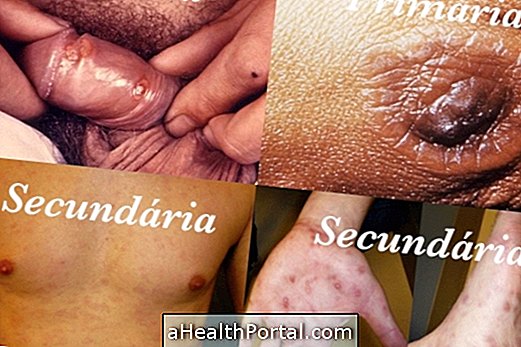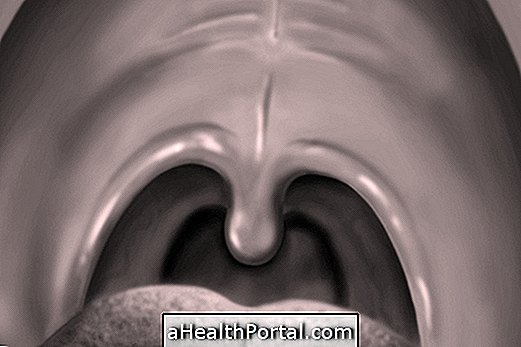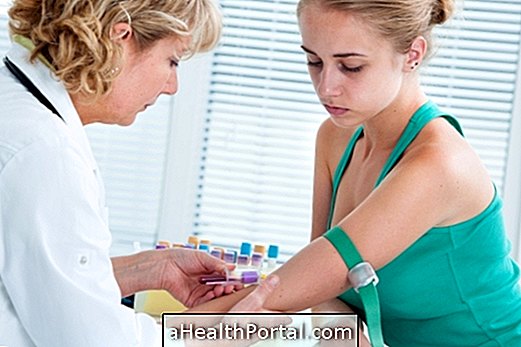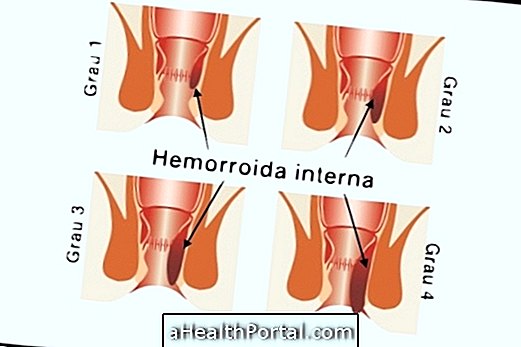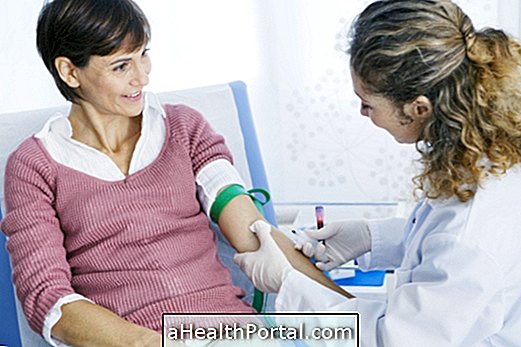Vaginosis Bacteria is a vaginal infection caused by excess bacteria, especially Gardnerella vaginalis and Gardnerella mobiluncos, in the vaginal canal, causing symptoms such as intense itching, burning or discomfort when urinating, foul smell and white pasty discharge, which may also present coloration yellow or gray. See what are the symptoms of bacterial vaginosis.
This infection is not considered an STD because it is caused by a change in the woman's normal vaginal flora, where there is a decrease in the concentration of lactobacilli and a predominance of one species of bacteria over others.
Although it can cause a lot of discomfort, vaginosis can be easily treated with the use of antibiotics and so it is very important to go to the gynecologist to identify the problem and start the appropriate treatment. Also, since vaginosis has symptoms very similar to candidiasis it is also important to assess whether the infection is actually being caused by bacteria or fungi, since the treatment is different. Check how the treatment of candidiasis is done.

How to confirm the diagnosis
The diagnosis of bacterial vaginosis is usually made through the preventive examination, also called a pap smear, on a routine examination, or when it is requested by the gynecologist, when the woman reports symptoms of the disease, for example. However, some women may have vaginosis but have no symptoms, and the infection is discovered at a gynecologist's office, especially in the case of candidiasis. Get to know other vaginal problems that can cause white discharge.
The criteria for the diagnosis of bacterial vaginosis are the inclusion of any of the following conditions: high homogeneous white vaginal discharge; vaginal secretion with pH> 4.5; fish scent by mixing the vaginal secretion with 10% KOH solution or microscopic demonstration of the micro-organisms causing the infection.
How is the treatment done?
Treatment for bacterial vaginosis is usually done with the use of antibiotics such as metronidazole, which can be applied directly to the site in the form of ointments or ova, or tablets for oral intake.
The use of the antibiotic should be done during 7 days or according to the indication of the gynecologist and should not be interrupted with the improvement of the symptoms. During the treatment it is recommended to use a condom in all relations and to avoid the consumption of alcoholic beverages. See how the vaginosis treatment is done.
How to avoid
To prevent the onset of bacterial vaginosis it is recommended not to do vaginal douches, use condoms in all relationships, restrict the number of partners and perform gynecological exams at least once a year.
Risks of bacterial vaginosis
In most cases, bacterial vaginosis does not cause major complications, but in people with the weakened immune system, it can:
- Infecting the uterus and fallopian tubes, generating a pelvic inflammatory disease, also known as PID;
- Increase the likelihood of AIDS infection in cases of exposure to the virus;
- Increase the chances of a woman becoming infected with other sexually transmitted diseases, such as chlamydia or gonorrhea.
In addition, in the case of pregnant women, this type of infection may also increase the risk of preterm labor or the birth weight of the newborn.





